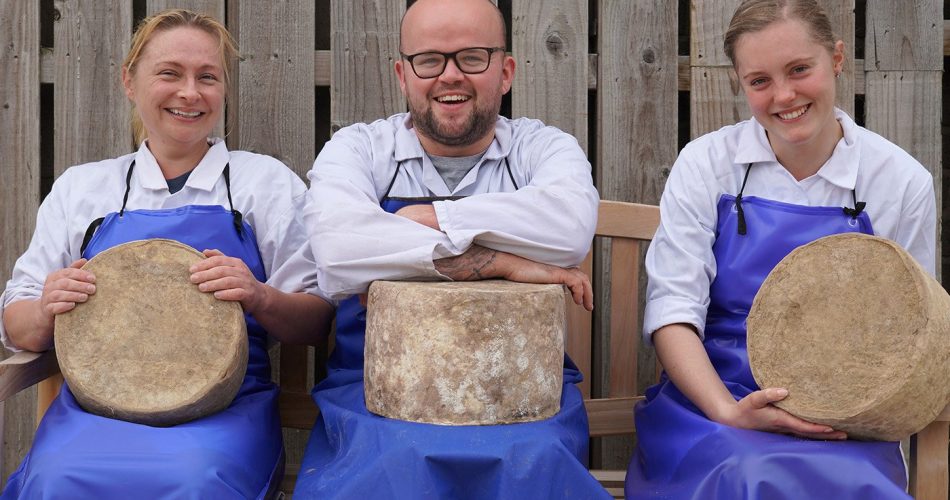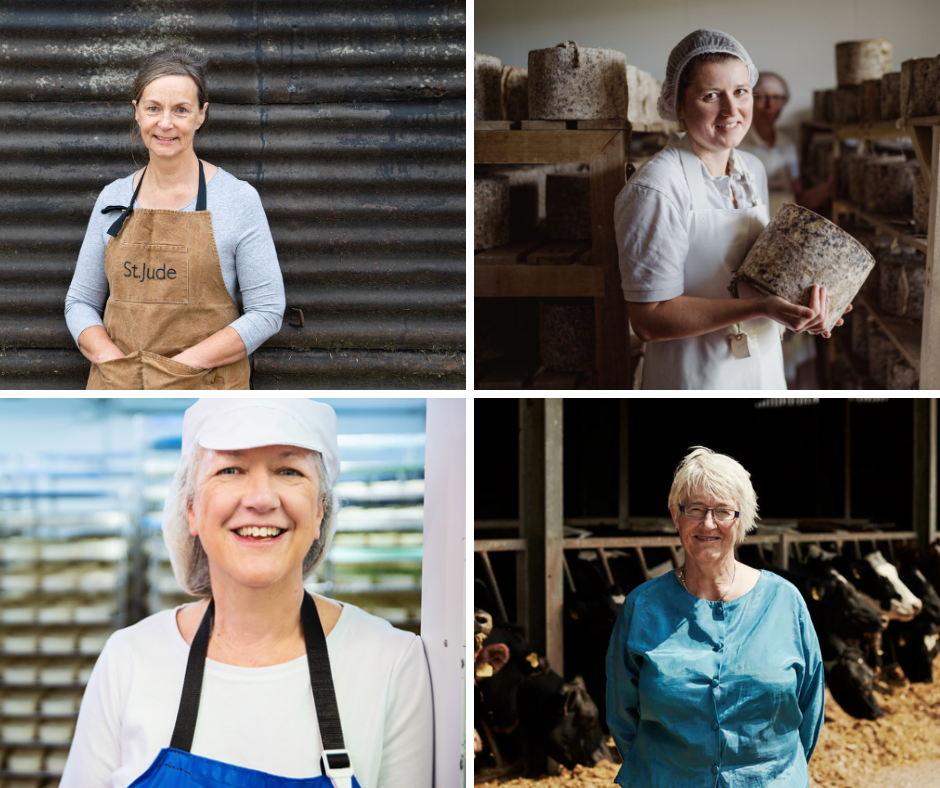Why Floridia Cheese Thomastown Is a Treasure in Melbourne Made Cheese
Why Floridia Cheese Thomastown Is a Treasure in Melbourne Made Cheese
Blog Article
Opening the Tricks of Artisanal Cheese Making: A Step-by-Step Do It Yourself Guide
In the realm of cooking workmanship, artisanal cheese making stands as a testimony to the delicate equilibrium between practice and advancement. Each action in the procedure, from choosing the right milk to perfecting aging methods, holds within it a riches of knowledge passed down through generations. As we embark on this journey to demystify the art of creating splendid cheeses, we are faced with a tapestry of secrets and skills waiting to be unraveled. Join us as we discover the ins and outs of this ancient craft, where perseverance, art, and science merge to produce tastes that tantalize the detects.
Picking the Right Milk
When getting started on the journey of artisanal cheese making, the option of milk plays an essential role in identifying the quality and characteristics of the final item. The type of milk chosen affects the taste, texture, and overall account of the cheese.
When selecting milk for cheese making, it is crucial to take into consideration the fat web content. Greater fat material in milk can lead to a creamier and richer cheese, while lower fat web content may lead to a drier and firmer appearance. Additionally, the source of the milk, whether from cows, goats, lamb, or buffalo, contributes distinctive flavors and attributes to the cheese (Floridia Cheese Thomastown). Each kind of milk brings its own subtleties, permitting for a wide variety of cheese ranges to be crafted based upon the picked milk. Eventually, the option of milk is a fundamental decision that establishes the foundation for a successful artisanal cheese-making endeavor.
Culturing and Coagulating
To initiate the cheese-making process, the essential actions of culturing and coagulating should be carefully performed to transform milk into curds and whey. Culturing includes presenting helpful bacteria to the milk, which after that starts the fermentation procedure. These microorganisms transform lactose (milk sugar) into lactic acid, creating the acidic atmosphere required for coagulation. The sort of culture utilized can substantially influence the flavor, texture, and ripening of the final cheese item.

The timing and temperature control during culturing and coagulation are vital factors that influence the last end result of the cheese. Proper execution of these actions is crucial to make certain the wanted texture, flavor, and uniformity of the artisanal cheese being generated.
Draining Pipes and Pressing Curds
After the milk healthy proteins have actually coagulated and the curds have actually been cut to release whey, the next critical action in artisanal cheese making entails draining and pushing the curds to achieve the preferred texture and consistency of the last cheese item. Draining is the procedure of separating the curds from the whey. This can be done by transferring the curds into a cheesecloth-lined bowl-shaped sieve or mold and mildew and enabling the whey to drain pipes off naturally. The time for draining pipes can differ depending on the kind of cheese being made and the preferred moisture content.
Pushing aids eliminate any staying whey and compacts the curds to form a get more strong cheese wheel. Correct draining and pushing are crucial steps that significantly affect the top quality and characteristics of the artisanal cheese being produced.
Aging and Flavor Techniques
Applying thorough aging and flavoring methods is pivotal in improving the deepness and complexity of artisanal cheeses, boosting their preference accounts to beautiful degrees of improvement and elegance. Aging plays a crucial function in developing the unique flavors and textures that differentiate artisanal cheeses. Throughout the aging procedure, cheeses are stored in carefully managed environments where variables such as temperature, moisture, and airflow are manipulated to motivate the development of advantageous mold and mildews and microorganisms. This controlled atmosphere permits celebrity to mature slowly, establishing complicated aromas and rich tastes.
Seasoning methods additionally contribute considerably to the last taste of artisanal cheeses. Cheesemakers may pick to present extra tastes by including ingredients such as herbs, seasonings, and even fruits right into the cheese throughout the production process. In addition, some cheeses are cleaned or massaged with numerous liquids, such as salt water or alcohol, to enhance their structures and flavors.
Wrapping and Saving Cheeses

Conclusion
In verdict, understanding the art of artisanal cheese making involves very carefully selecting the best milk, complying with exact culturing and coagulating processes, draining and pushing curds efficiently, and making use of various aging and flavor methods. Bear in mind to cover and keep your cheeses properly to guarantee ideal flavor and structure development.
Each type of milk brings its own nuances, permitting for a broad array of cheese selections to be crafted based on the selected milk.After the milk proteins have coagulated and the curds have actually been cut to release whey, the following important step in artisanal cheese making entails draining and pressing the curds to attain the desired appearance and uniformity of the final cheese product. The majority of cheeses ought to be covered in wax paper or cheese paper to allow them to take a breath while safeguarding them from drying out. For cheeses that require to proceed aging, such as bloomy peels or washed peels, ensure they are kept in a cool environment like a cheese cave or a refrigerator set to the appropriate temperature. By paying interest to the covering and storage space of artisanal cheeses, cheese makers and enthusiasts can maintain the integrity of these specials and fully recommended you read appreciate their complex flavors.
Report this page